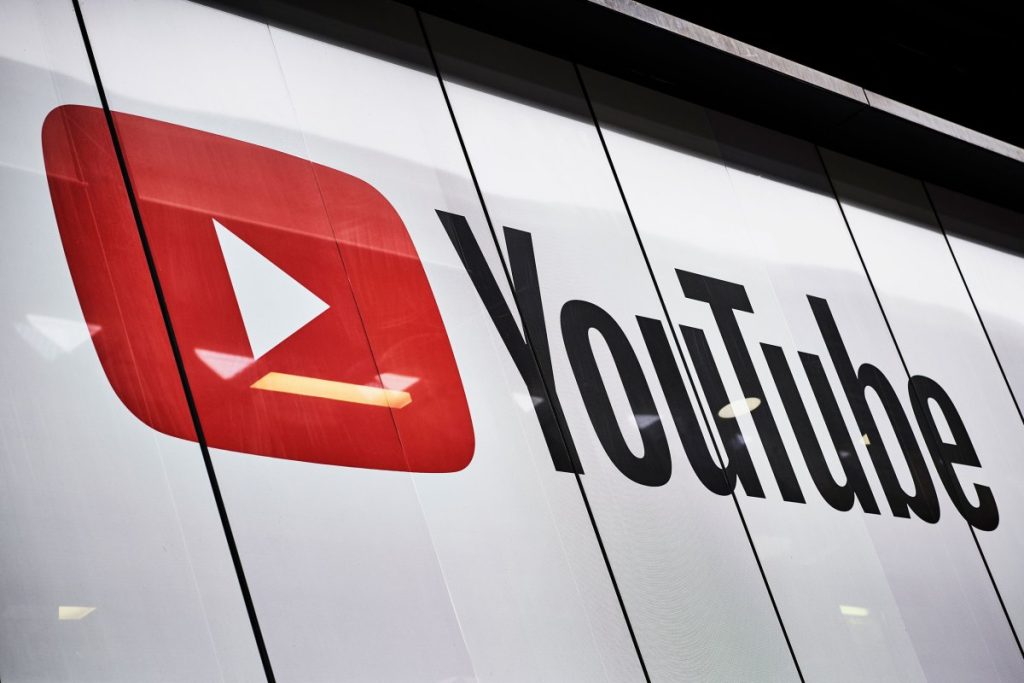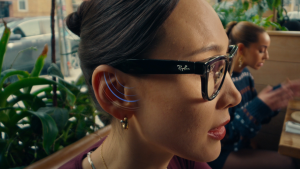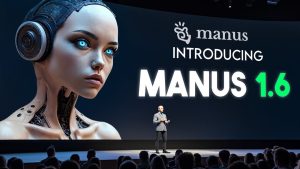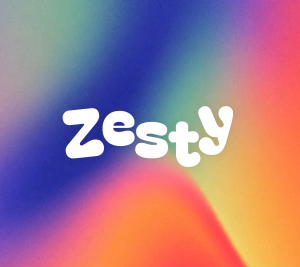YouTube’s New Policy on AI-Generated Content: What You Need to Know

In a significant shift, YouTube has introduced a novel policy allowing users to request the removal of AI-generated content that mimics their face or voice. This change wasn’t widely publicized when it quietly rolled out in June. However, it marks a critical expansion of YouTube’s ongoing efforts to tackle AI-generated media challenges.
Unlike previous guidelines that focused on misleading content, this new policy allows individuals to file takedown requests as privacy violations. This change is seen as part of YouTube’s broader approach to navigating the complex landscape of AI and synthetic media.
New Policy for AI-Generated Content
YouTube has introduced a new policy allowing users to request the removal of AI-generated content that mimics their face or voice. This policy was quietly rolled out in June as an expansion of YouTube’s existing privacy request process.
Instead of labeling content as misleading, YouTube now permits affected individuals to file removal requests as privacy violations. This change is part of YouTube’s ongoing efforts to address the challenges posed by AI-generated media.
Criteria for Removal Requests
YouTube’s updated Help documentation outlines specific criteria for removal requests. Claims must come from the person affected, unless they fall into certain exceptions such as being a minor, deceased, or without computer access.
Submitting a takedown request does not guarantee content removal. YouTube will evaluate factors like the disclosure of AI usage, unique identification of individuals, and the nature of the content (e.g., parody, satire).
Public Figures and Sensitive Content
YouTube will also consider if the AI-generated content involves public figures or well-known individuals. Content showing these figures in “sensitive behavior,” such as criminal activity or political endorsements, will be scrutinized closely.
This consideration is particularly crucial in an election year, where AI-generated content could potentially influence voter decisions.
Uploader’s Responsibilities
Content creators are given 48 hours to address a complaint before YouTube intervenes. If the content is removed within this time, the complaint is considered resolved.
Should the uploader fail to act, YouTube will review the complaint and take necessary actions. This may include fully removing the video and any associated personal information from the platform.
Users can choose to blur faces in their videos, but simply making the video private won’t suffice as it could revert to public status at any time.
Disclosure Tools for Creators
In March, YouTube introduced a tool in Creator Studio for labeling realistic-looking content created with AI or synthetic media. This was part of their effort to provide transparency on altered media.
More recently, YouTube began testing a feature allowing users to add crowdsourced notes to videos. These notes can provide additional context, such as indicating whether a video is parody or misleading.
YouTube’s Stance on AI Content
YouTube experiments with generative AI, including tools like a comments summarizer and a conversational tool for video recommendations. However, they maintain that simply labeling content as AI-generated doesn’t exempt it from removal.
Content must still comply with YouTube’s Community Guidelines even if it is marked as AI-generated.
Privacy Complaints vs. Community Guidelines
YouTube clarified that privacy complaints are handled separately from Community Guidelines strikes. A privacy complaint won’t automatically result in a strike against the content creator.
However, YouTube may take action against accounts with multiple privacy violations, impacting their ability to upload in the future.
Implications for Content Creators
Content creators need to understand the implications of YouTube’s new policy. While the removal of videos following privacy complaints won’t lead to immediate penalties, repeated violations could have long-term consequences.
YouTube’s approach aims to balance the use of AI and the protection of individual privacy. This ongoing effort highlights the platform’s commitment to addressing the complexities of AI-generated media.
YouTube’s decision to allow takedown requests for AI-generated content is a significant move in the fight against digital impersonation. While it doesn’t guarantee immediate removal, it empowers individuals to protect their privacy in a new way.
Creators should stay informed about these changes and adhere to the guidelines, ensuring a safer environment for everyone. This policy update highlights YouTube’s ongoing efforts to balance innovation and user protection.





